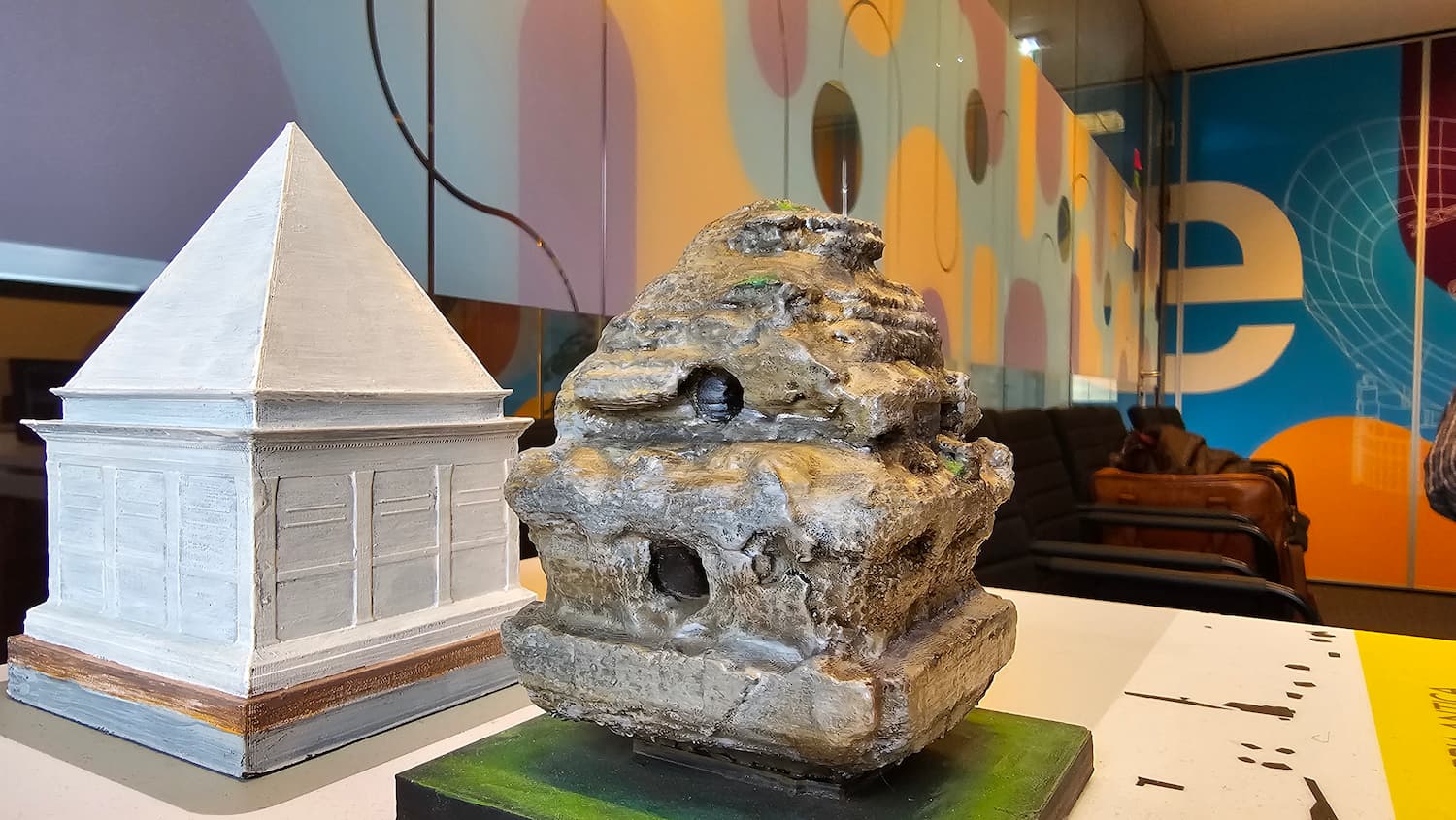Revisited Via Appia
Create visual storylines that involve media like images and videos embedded in a 3D environment with efficient Pointcloud data directly from the web browser.
Cite this software
Description
Via Appia Revisited
Beginner Tutorial | Development Documentation | Previous project (2015-2016)
Via Appia Viewer
- Enable 3D environments with efficient point cloud data (large files, i.e. 27 GB).
- Map images and playable videos into the scene with precision with mouse and keyboard shortcuts.
- Create storylines with a slideshow or free navigation.
- Edit camera paths and transition times.
- Applicable to other disciplines like medical images or education. d Travel in time and space along the most important ancient Roman road.
Six monuments and more than a hundred viewpoints show how the Via Appia Antica was seen by artists and photographers over time.
The Via Appia Online Viewer (2022) is a follow to the project “A 3D spatial data infrastructure for Mapping the Via Appia”, which is an interactive journey through time along the Roman Appian Way, one of the world's oldest roads. The project called REVISITED Via Appia will be presented at the het Valkhof Museum in Nijmegen (The Netherlands, link to the exposition memo) with a gamified online version accessible to everyone.
The exhibition connects the results of years of academic and artistic research and offers a refreshing perspective on the 'Regina viarum' (queen of the roads), to follow in the footsteps of the millions of people who have walked there since Roman times and see how the road has changed over time.

Participating organisations
Reference papers
Mentions
Testimonials
I was impressed the first time I saw the application, but now I am even more impressed. This is exactly where we were looking for since 6 years ago.
Contributors
Contact person
Related projects
Mapping the Via Appia in 3D
Developing a 4D geographic information system for archaeological purposes